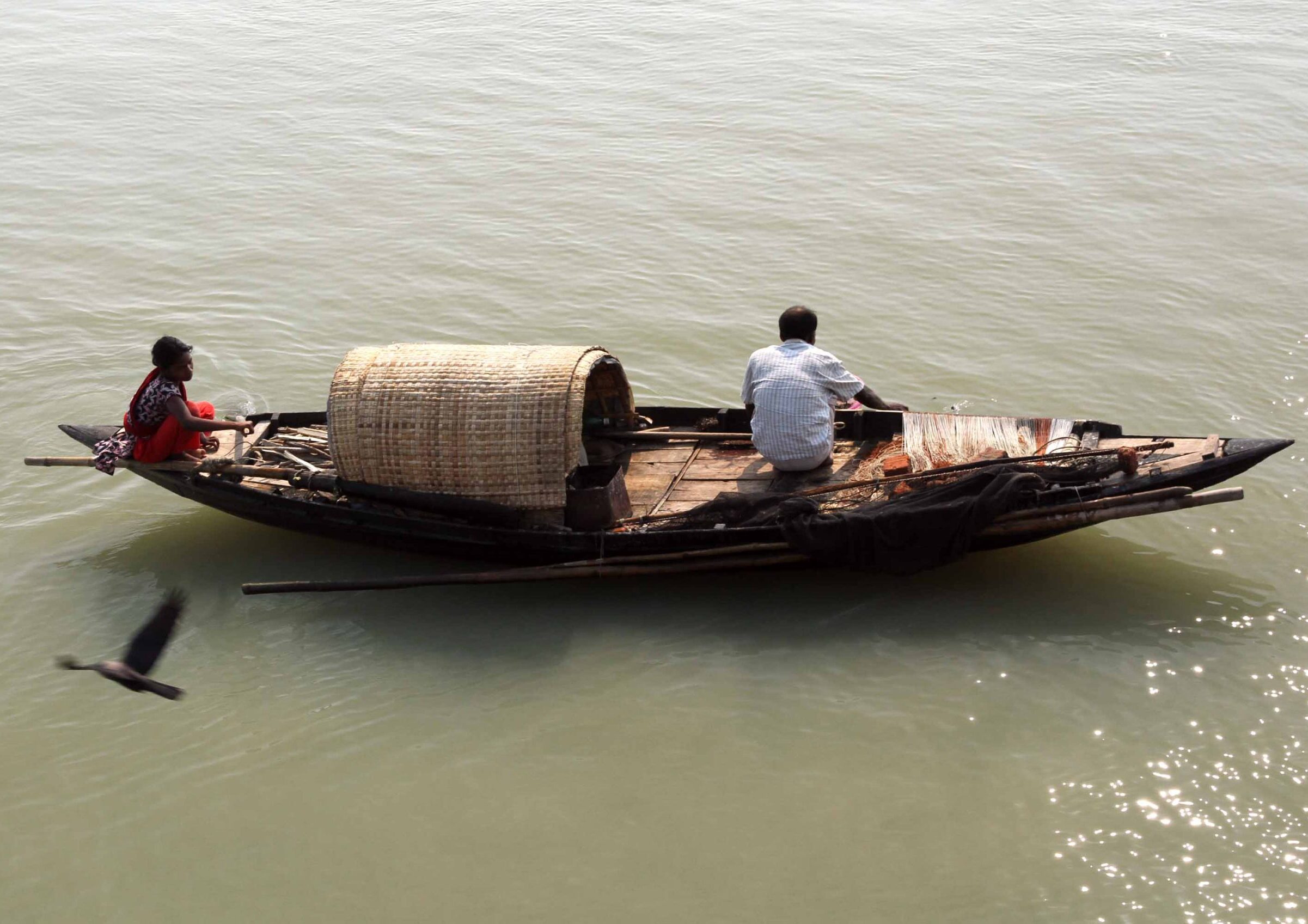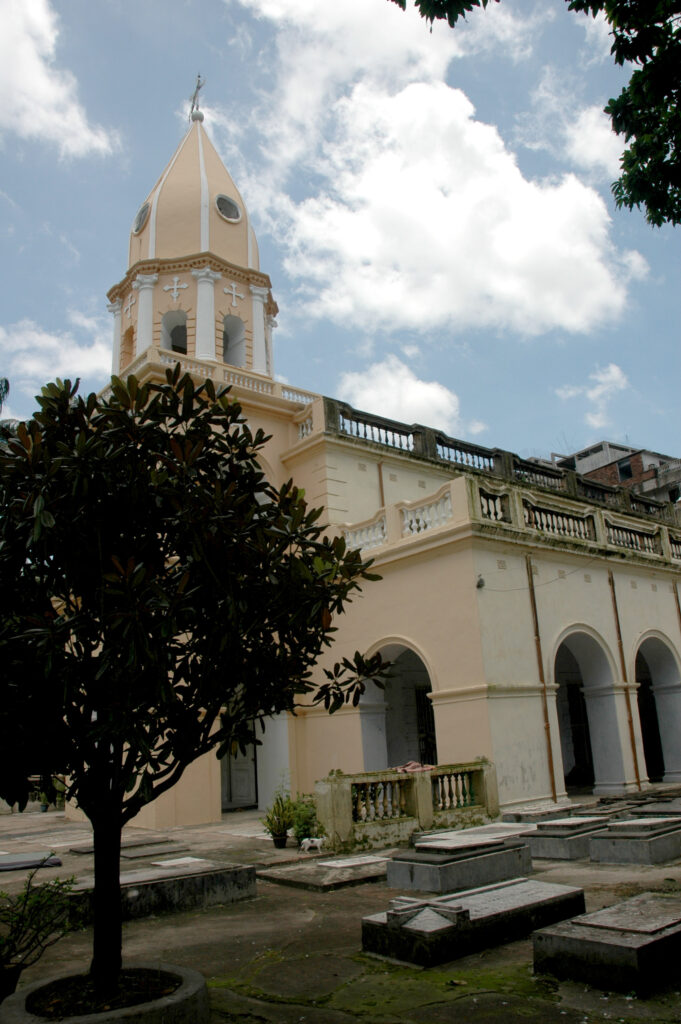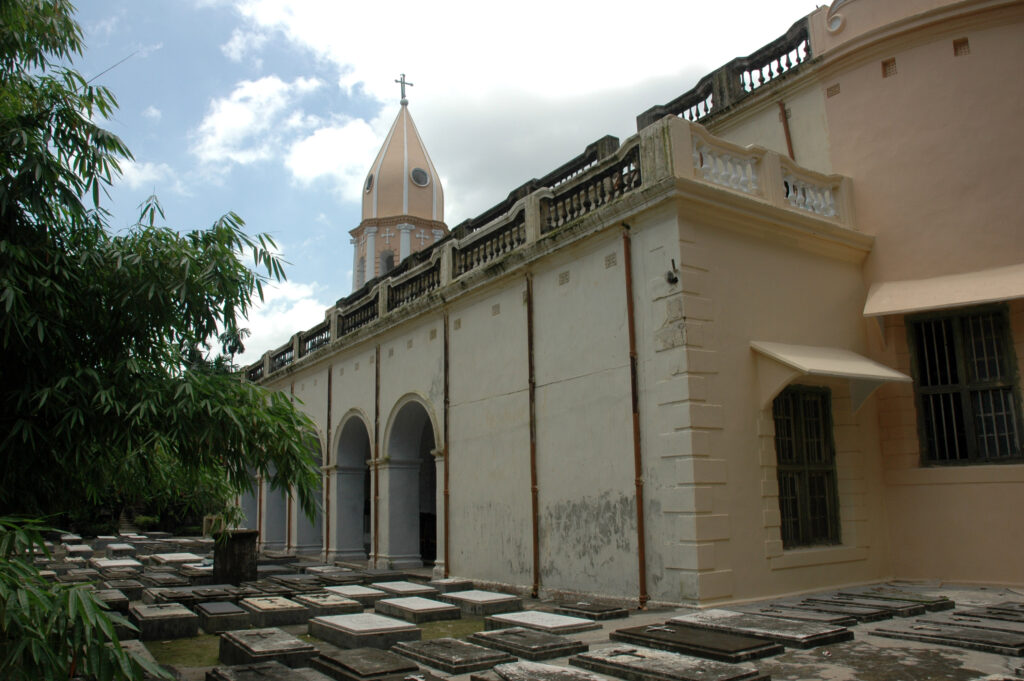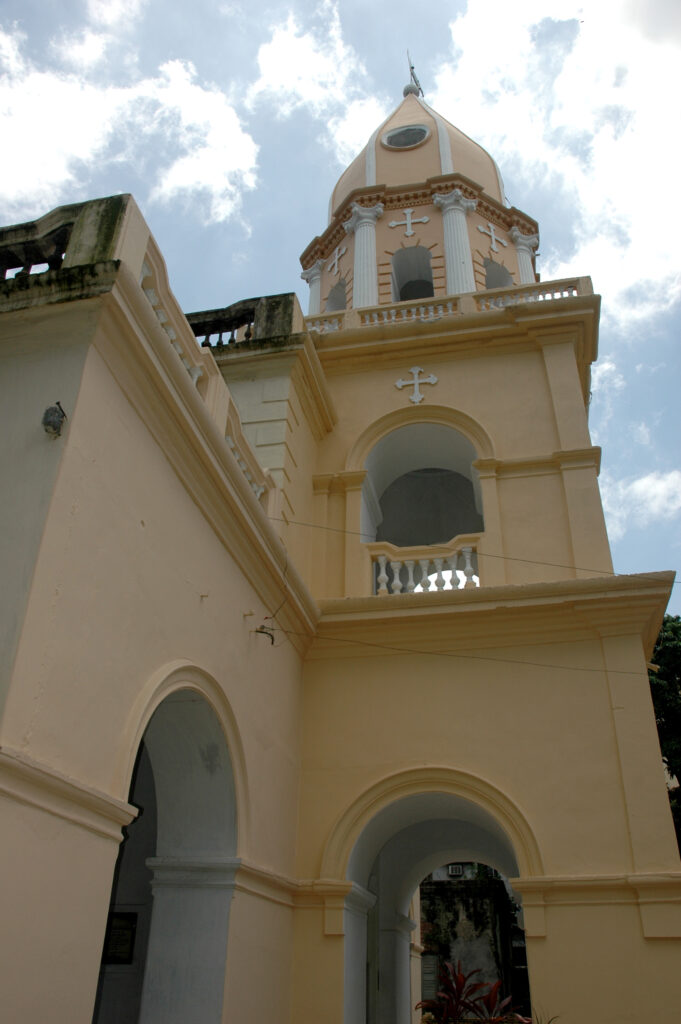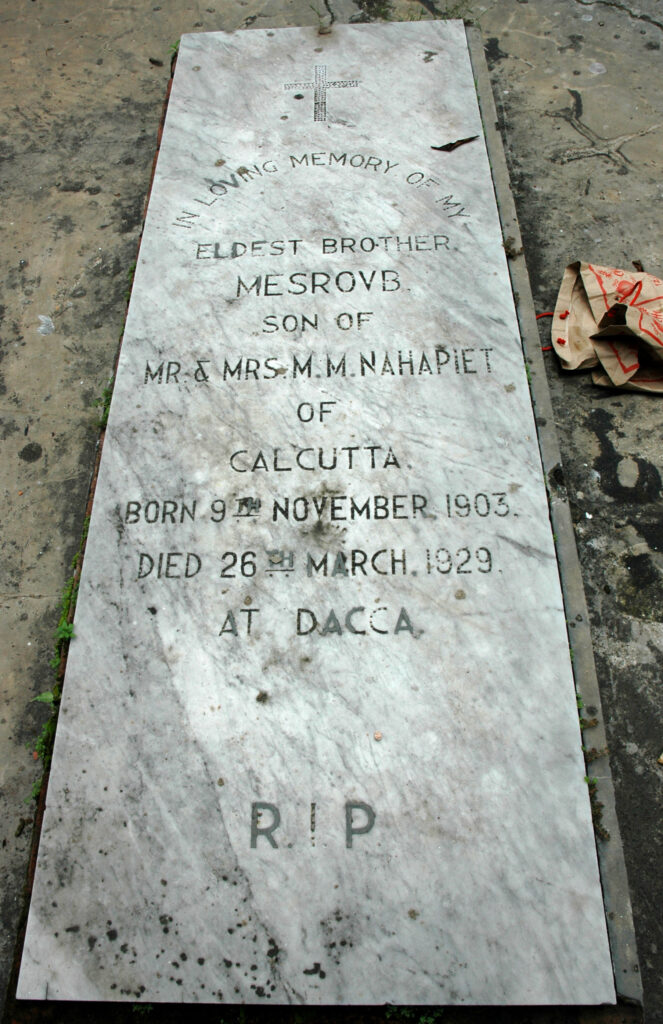The Armenian Church in Armanitola

The Armenians that came to Bengal as traders played an important role in its economic, social and educational life for several centuries. Although Michael Joseph Martin is the only Armenian currently (in 2005) living in Dhaka, in the past, the community had a stronger presence in the city. Martin came to Dhaka from Burma in 1942. He lives in the red building built in 1909 at the back of the Church.

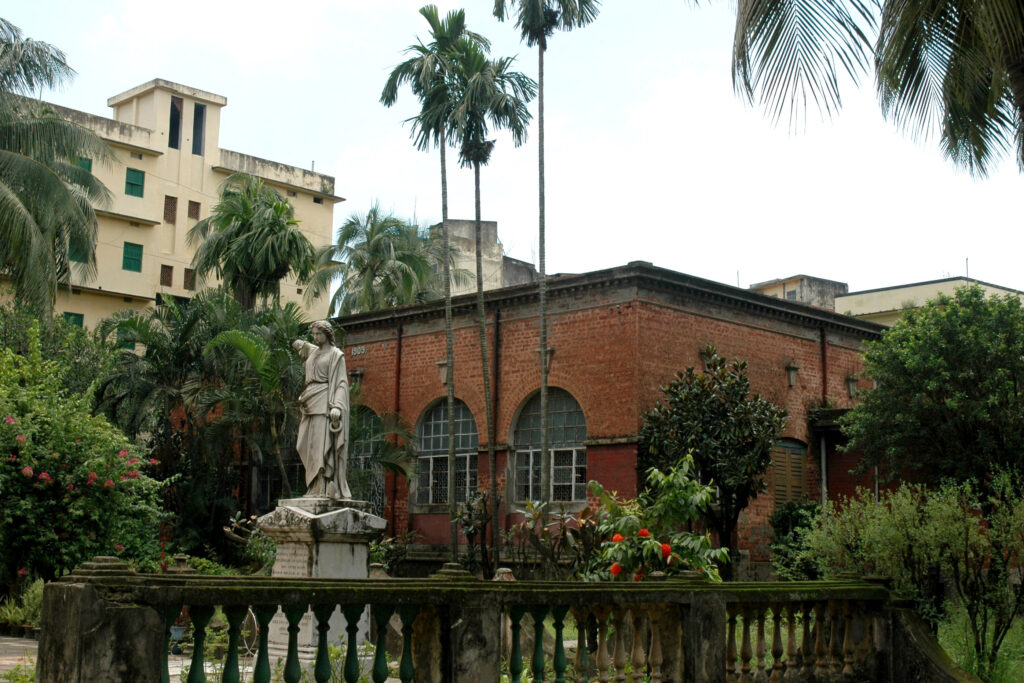
The Armenians were well known for their trading skills and experiences. In the sixteenth century, the Persian Safavi rulers conquered Armenia and later brought a large number of Armenian traders to Persia proper. At that time Persians were also engaged in a variety of trade with India, including Bengal.
The Armenians began to come to Bengal from then onwards and quite quickly developed extensive trading networks. From the gravestones at the church cemetery, it is clear that Armenians continued to come to Dhaka from Persia well into the late nineteenth century. For example, one of the gravestones reads, “Sophia Alexander, born in Bushire in 1861, died in Dacca on 7th Dec. 1943, after a prolonged illness”.

By the time the Europeans – the Portuguese being the first – started to arrive in Bengal, the Armenians were well established and played an important part in facilitating and negotiating deals between them and the Bengal rulers and traders. They would also travel throughout the interiors of Bengal for business deals.
Later, after the British conquest of Bengal, the Armenians became a conduit through which European lifestyles began to spread across the newly conquered land. For example, from the stock items of an Armenian shop in old Dhaka, it is clear that they played an important part in popularising western consumer goods in the city.
“The shop of G.M. Shircore and Sons in 1857 was a storehouse for a variety of European goods ranging from “Wines, Spirits, Cigars, Hams, Bacon, Cabin Biscuits, Lozenges, Candles, Patent Lamps and Wicks, Reading Lamps, Shoes, Dolls and Toys, Table Cutlery, Honey Soap, Essence, Shaving Soap, Fancy Note Papers, and other stationery, Saucepans and Fryingpans, Traveling Bags, Bathing Towels, Toilet-Glasses, Umbrellas, Fancy Walking Sticks, and so to Pigou’s Gunpowder and a shot of various numbers.” Page 93, Dhaka: A Study in Urban History and Development, Sharif Uddin Ahmed.
Mr Shirecore was also responsible for pioneering, in the late 1860s, the ticca-garry (hanckney-carriege, or ghorar-gari) in Dhaka and to this day this form of transports is still popular and covers only one route currently, Gulistan to Sadarghat. Pogose School in old Dhaka is named after an Armenian Landlord, N.P. Pogose.
